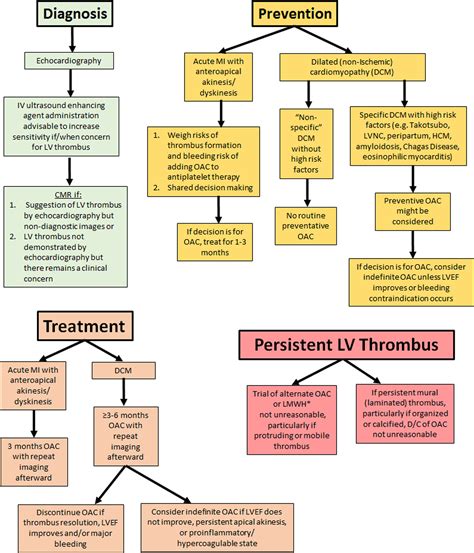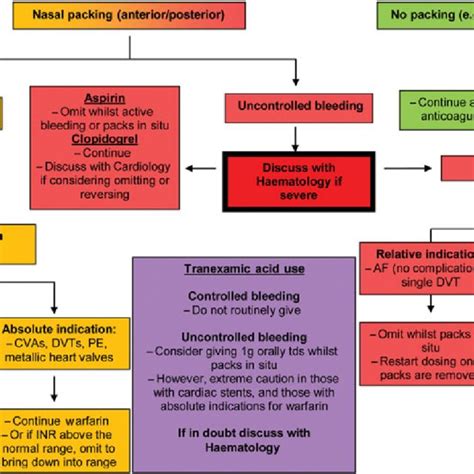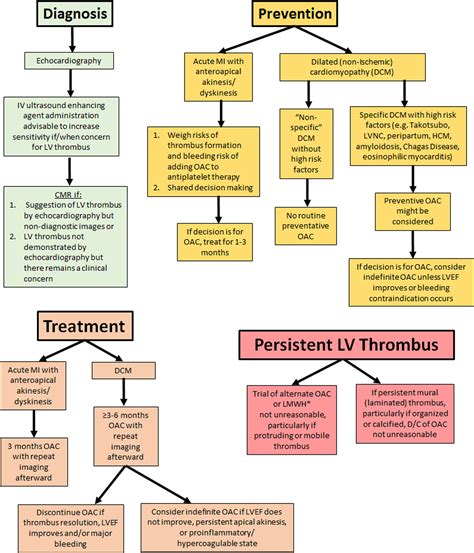lv thrombus causes | chest guidelines lv thrombus lv thrombus causes Lower LVEF and the presence of scar (indicated by the presence and extent of delayed gadolinium enhancement by CMR) are risk factors for LV thrombus formation in DCM. 30 Inflammation, hypercoagulability, and endocardial involvement by specific disease processes . The international dialing code for Latvia is +371. You must enter this number if you are calling from another country. Latvia. International phone number: +371. IDD. 00. ISO code 2: LV. ISO code 3: LVA. Capital city: Riga. Number of inhabitants: 2 217 969. Area: 64 589,00km 2. Continent: Europe. Internet domain of country:: .lv.
0 · risk factors for lv thrombus
1 · lv thrombus treatment guidelines nhs
2 · lv thrombus treatment guidelines
3 · lv thrombus prevention guidelines
4 · lv mural thrombus treatment guidelines
5 · guidelines for lv thrombus anticoagulation
6 · esc guidelines lv thrombus
7 · chest guidelines lv thrombus
Confirmed COVID-19 cases in Latvia. Contacts. Other. The map shows the prevalence of COVID-19 cases in municipalities, rural territories, cities and towns of Latvia and neighborhoods of Riga.
Lower LVEF and the presence of scar (indicated by the presence and extent of delayed gadolinium enhancement by CMR) are risk factors for LV thrombus formation in DCM. 30 Inflammation, hypercoagulability, and endocardial involvement by specific disease processes .We would like to show you a description here but the site won’t allow us.¢= @bp ‹ d©Y©_!@»ƒ¬ø˜lêf¶×Gb3æ unyKÒÙr® ƒ ¾îãI¾˜^ .Left ventricular (LV) thrombus formation is a well‐known complication in the course of .
eLetters should relate to an article recently published in the journal and are not a .We sought to determine whether an association existed between the . Left ventricular (LV) thrombus may develop after acute myocardial infarction (MI) and occurs most often with a large, anterior ST-elevation MI (STEMI). However, the use of .Left ventricular thrombus is a blood clot (thrombus) in the left ventricle of the heart. LVT is a common complication of acute myocardial infarction (AMI). Typically the clot is a mural thrombus, meaning it is on the wall of the ventricle. The primary risk of LVT is the occurrence of cardiac embolism, in which the thrombus detaches from the ventricular wall and travels through the circulation and blocks blood vessels. Blockage can be especially damaging in the heart or brain (
Left ventricular (LV) thrombus is a feared complication of LV dysfunction associated with high rates of systemic embolism, morbidity, and mortality. Traditionally, LV thrombus has been . The following are key points to remember about this scientific statement from the American Heart Association (AHA) for the management of patients at risk for and with left . LV thrombus is not an uncommon complication of acute MI, and is associated with systemic thromboembolism. Contemporary epidemiologic data suggest the incidence of LV .
Left ventricular (LV) thrombus development following acute myocardial infarction is driven by the elements of Virchow’s triad: endothelial injury, blood stasis, and hypercoagulability. Each of .Left ventricular (LV) regional wall akinesia and dyskinesia resulting in blood stasis, prolonged ischaemia leading to subendocardial tissue injury with inflammatory changes and a . LV thrombus after acute MI (AMI) has declined significantly since the introduction of reperfusion therapy. The current estimate is that LV thrombus occurs in up to 6.3% of patients .
Here we propose an algorithmic approach to the diagnosis and management of left ventricular (LV) thrombus following acute myocardial infarction (AMI) that begins with . Lower LVEF and the presence of scar (indicated by the presence and extent of delayed gadolinium enhancement by CMR) are risk factors for LV thrombus formation in DCM. 30 Inflammation, hypercoagulability, and endocardial involvement by specific disease processes (eg, amyloidosis, eosinophilic myocarditis) are also important pathophysiological . Left ventricular (LV) thrombus may develop after acute myocardial infarction (MI) and occurs most often with a large, anterior ST-elevation MI (STEMI). However, the use of reperfusion therapies, including percutaneous coronary intervention and fibrinolysis, has significantly reduced the risk.Left ventricular thrombus is a blood clot in the left ventricle of the heart. LVT is a common complication of acute myocardial infarction (AMI). [1] [2] Typically the clot is a mural thrombus, meaning it is on the wall of the ventricle. [3]

risk factors for lv thrombus
Left ventricular (LV) thrombus is a feared complication of LV dysfunction associated with high rates of systemic embolism, morbidity, and mortality. Traditionally, LV thrombus has been associated with acute myocardial infarction (MI). The following are key points to remember about this scientific statement from the American Heart Association (AHA) for the management of patients at risk for and with left ventricular (LV) thrombus: Decisions concerning the diagnosis, prevention, and treatment of LV thrombus remain challenging. LV thrombus is not an uncommon complication of acute MI, and is associated with systemic thromboembolism. Contemporary epidemiologic data suggest the incidence of LV thrombus, detected using optimal imaging modalities, may be as high as 15% in patients with ST-segment elevation MI (STEMI) and up to 25% in patients with anterior MI.Left ventricular (LV) thrombus development following acute myocardial infarction is driven by the elements of Virchow’s triad: endothelial injury, blood stasis, and hypercoagulability. Each of these components further serves as a therapeutic target in the treatment and prevention of left ventricular thrombus following acute myocardial infarction.
LV thrombus after acute MI (AMI) has declined significantly since the introduction of reperfusion therapy. The current estimate is that LV thrombus occurs in up to 6.3% of patients with ST-segment elevation MI (STEMI) and 19.2% of patients with anterior wall STEMI complicated by LV ejection fraction <50%.
Left ventricular (LV) regional wall akinesia and dyskinesia resulting in blood stasis, prolonged ischaemia leading to subendocardial tissue injury with inflammatory changes and a hypercoagulable state, are consistent with Virchow's triad, resulting in LV thrombus formation.
Here we propose an algorithmic approach to the diagnosis and management of left ventricular (LV) thrombus following acute myocardial infarction (AMI) that begins with transthoracic echocardiography (TTE) with contrast within . Lower LVEF and the presence of scar (indicated by the presence and extent of delayed gadolinium enhancement by CMR) are risk factors for LV thrombus formation in DCM. 30 Inflammation, hypercoagulability, and endocardial involvement by specific disease processes (eg, amyloidosis, eosinophilic myocarditis) are also important pathophysiological .
Left ventricular (LV) thrombus may develop after acute myocardial infarction (MI) and occurs most often with a large, anterior ST-elevation MI (STEMI). However, the use of reperfusion therapies, including percutaneous coronary intervention and fibrinolysis, has significantly reduced the risk.Left ventricular thrombus is a blood clot in the left ventricle of the heart. LVT is a common complication of acute myocardial infarction (AMI). [1] [2] Typically the clot is a mural thrombus, meaning it is on the wall of the ventricle. [3]

Left ventricular (LV) thrombus is a feared complication of LV dysfunction associated with high rates of systemic embolism, morbidity, and mortality. Traditionally, LV thrombus has been associated with acute myocardial infarction (MI).
The following are key points to remember about this scientific statement from the American Heart Association (AHA) for the management of patients at risk for and with left ventricular (LV) thrombus: Decisions concerning the diagnosis, prevention, and treatment of LV thrombus remain challenging.
LV thrombus is not an uncommon complication of acute MI, and is associated with systemic thromboembolism. Contemporary epidemiologic data suggest the incidence of LV thrombus, detected using optimal imaging modalities, may be as high as 15% in patients with ST-segment elevation MI (STEMI) and up to 25% in patients with anterior MI.Left ventricular (LV) thrombus development following acute myocardial infarction is driven by the elements of Virchow’s triad: endothelial injury, blood stasis, and hypercoagulability. Each of these components further serves as a therapeutic target in the treatment and prevention of left ventricular thrombus following acute myocardial infarction. LV thrombus after acute MI (AMI) has declined significantly since the introduction of reperfusion therapy. The current estimate is that LV thrombus occurs in up to 6.3% of patients with ST-segment elevation MI (STEMI) and 19.2% of patients with anterior wall STEMI complicated by LV ejection fraction <50%.
Left ventricular (LV) regional wall akinesia and dyskinesia resulting in blood stasis, prolonged ischaemia leading to subendocardial tissue injury with inflammatory changes and a hypercoagulable state, are consistent with Virchow's triad, resulting in LV thrombus formation.

cheap real rolex

lv thrombus treatment guidelines nhs
Summerlin. $300. • • • • • • • • • • • • • • • • • • • • • • •. BEDROOM/LIVING ROOM /OFFICE SET / BLACK MUST SELL. 5/3
lv thrombus causes|chest guidelines lv thrombus


























